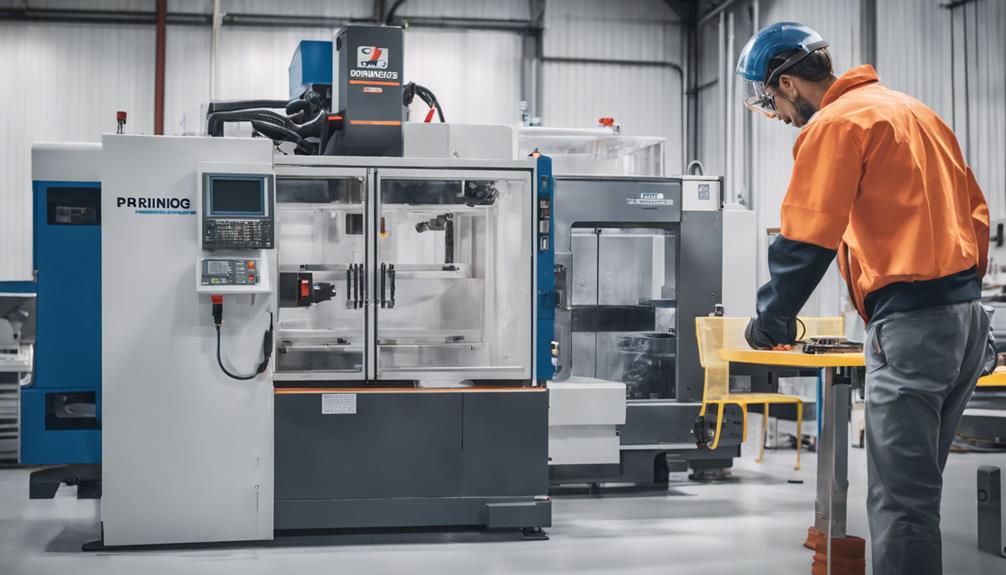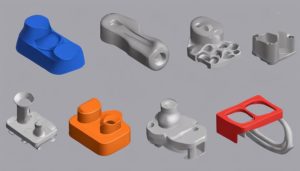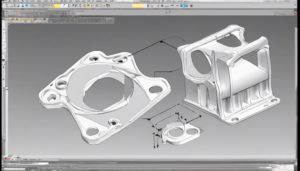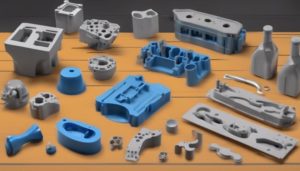To begin with plastic injection molding involves meticulous steps. Initially, understand moldability factors like draft angles and gate placement. Next, design the part with consideration for moldability, using CAD software to enhance manufacturability. Then, fabricate the mold precisely, using materials like steel or aluminum for durability. Select resins based on properties and colorants for customization. Set up the injection molding machine, adjusting parameters for quality production. Make necessary adjustments for mass production, ensuring consistent quality. Remember, temperature, pressure, and cycle times need monitoring. This brief overview guides you through the initial stages of plastic injection molding.
Understanding Moldability Considerations
Evaluating the design's complexity and identifying potential undercuts are fundamental steps in appraising moldability considerations for successful plastic injection molding. In plastic injection molding, the moldability of a design is influenced by various factors such as draft angles, wall thickness, and parting lines. These elements can affect the ease of material flow within the mold cavity and the ability to achieve complete filling without defects. Additionally, analyzing material flow patterns, cooling requirements, and ejector pin placement is vital in ensuring ideal moldability and part quality.
Gate placement and venting design also greatly impact moldability. Proper gate placement helps control the flow of molten plastic into the mold cavity, while effective venting prevents air traps and ensures uniform filling. Understanding shrinkage rates, material properties, and mold surface finishes is equally important. This knowledge allows for the selection of appropriate materials and surface treatments to minimize shrinkage-related issues and enhance the final part quality in the plastic injection molding process.
Designing the Part for Injection Molding
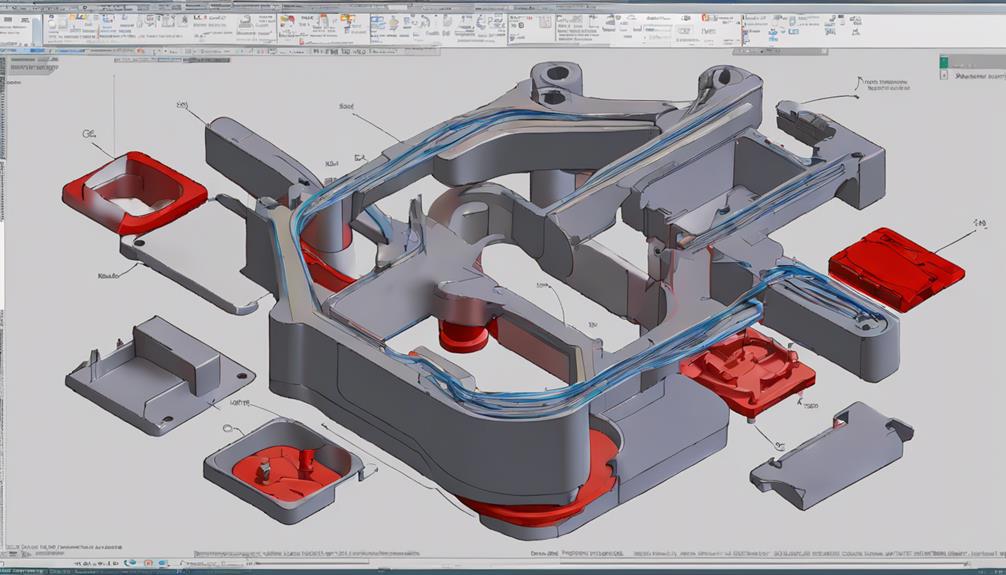
Designing the part for injection molding requires careful consideration of part geometry to guarantee moldability and functionality. Factors such as draft angles, wall thickness, and part complexity play pivotal roles in the design process.
Utilizing design software like CAD enables precise creation of features that enhance the manufacturability of injection molded parts.
Part Geometry Considerations
When optimizing part geometry for injection molding, careful consideration of draft angles, wall thickness, and key features is essential to guarantee successful production and minimize defects. Adequate wall thickness is important to prevent issues like sink marks and warping during cooling.
Incorporating draft angles facilitates easy part ejection from the mold, reducing the risk of damage. Undercuts and complex geometries should be minimized to simplify the mold design and molding process, avoiding potential defects such as flash and incomplete filling.
Optimizing part geometry by avoiding sharp corners and integrating fillets and ribs enhances moldability and overall part quality. By addressing these factors in the design phase, manufacturers can streamline production, reduce costs, and achieve high-quality injection-molded parts.
Material Selection Tips
To guarantee peak performance and quality in injection molding, careful consideration of material properties is important during the part design phase. When selecting materials for injection molding, it's vital to focus on factors like shrinkage rate, flowability, and impact resistance. Here are some key tips for material selection:
- Consider the material properties such as strength, flexibility, and temperature resistance.
- Factors like shrinkage rate, flowability, and impact resistance should guide your material selection process.
- Commonly used materials for injection molding include ABS, polycarbonate, nylon, polypropylene, and polyethylene due to their versatility and ease of use.
Fabricating the Mold
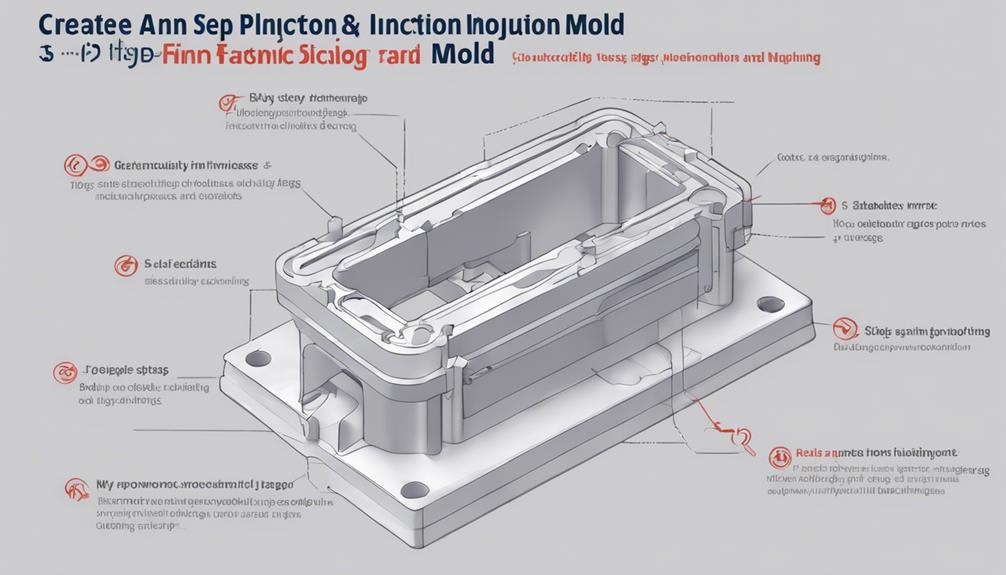
Creating the mold is a vital step in plastic injection molding. It involves the development of a precise negative cavity that determines the final plastic part's shape. Tool and process engineers play a key role in designing and fabricating the mold to guarantee it is manufacturable. They often select materials like steel or aluminum for their durability and precision.
Proficiency in CNC machining, EDM, and polishing techniques is essential for a successful mold fabrication process. This directly impacts the quality and integrity of the resulting plastic parts.
Mold Design Basics
How is a precise cavity created for shaping molten plastic in mold design?
Mold design plays an essential role in plastic injection molding by defining the shape and features of the final product. To achieve this, various factors such as part complexity, material flow, and cooling requirements must be carefully considered.
Here are key aspects to focus on in mold design:
- Tool Engineering: Expertise in tool engineering is vital for creating molds that can withstand the injection molding process.
- Material Flow: Understanding how the molten plastic will flow within the mold is critical for achieving uniform part quality.
- Cooling Requirements: Proper cooling design is necessary to ensure efficient and consistent cooling of the molded part.
Material Selection Tips
When selecting materials for fabricating molds in plastic injection molding, engineers must carefully consider factors like resin type, temperature resistance, durability, and cost to guarantee excellent part quality and performance. Common mold materials include tool steel, aluminum, and pre-hardened steel, each offering specific advantages based on production needs. These materials must withstand high temperatures, pressure, and repeated use to guarantee long-lasting and efficient mold performance. Proper material selection for mold fabrication is essential as it contributes greatly to the overall success and quality of the plastic injection molding process.
| Mold Materials | Resin Type | Durability | Temperature Resistance |
|---|---|---|---|
| Tool Steel | High | Very Durable | High |
| Aluminum | Medium | Moderate | Medium |
| Pre-hardened Steel | High | Durable | High |
Selecting Resins and Colorants
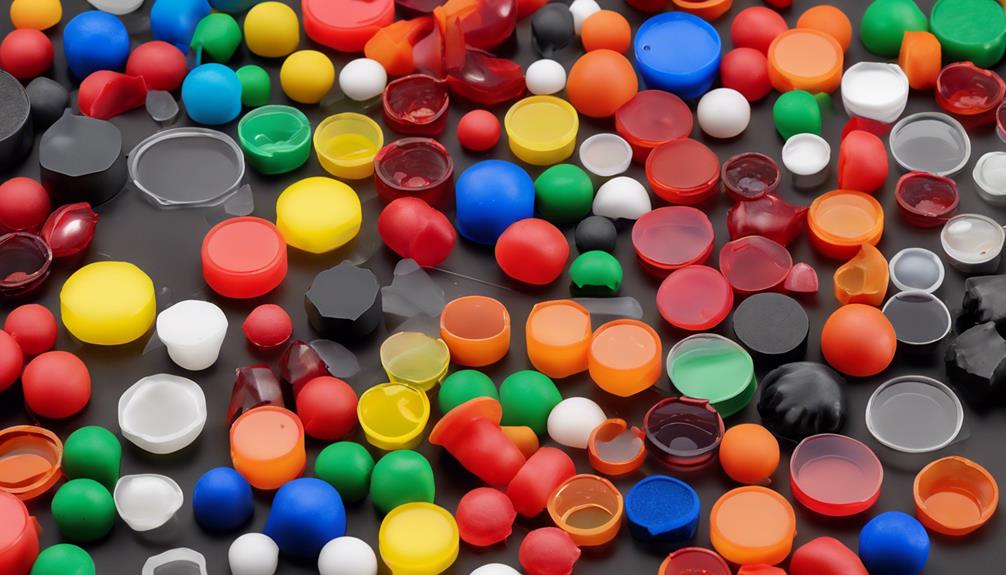
Selecting the appropriate resins and colorants is an essential step in optimizing the performance and aesthetics of plastic injection-molded products. When choosing resins and colorants for injection molding, several factors must be taken into account to guarantee the final product meets the desired specifications. Here are key points to keep in mind:
- Resins Selection: Resins are chosen based on the specific requirements of the application, such as strength, flexibility, and heat resistance. Different resins offer varying properties, so selecting the right one is critical for the performance of the final product.
- Colorants: Colorants are additives that allow customization of the appearance of molded parts. From standard colors to custom shades, the choice of colorant can have a significant impact on the visual appeal of the product.
- Additives Compatibility: Ensuring compatibility between resins, colorants, and other additives is crucial for achieving consistent quality and performance in injection-molded products. Proper selection and compatibility testing are important to avoid issues during the manufacturing process and in the final product.
Setting Up the Injection Molding Machine
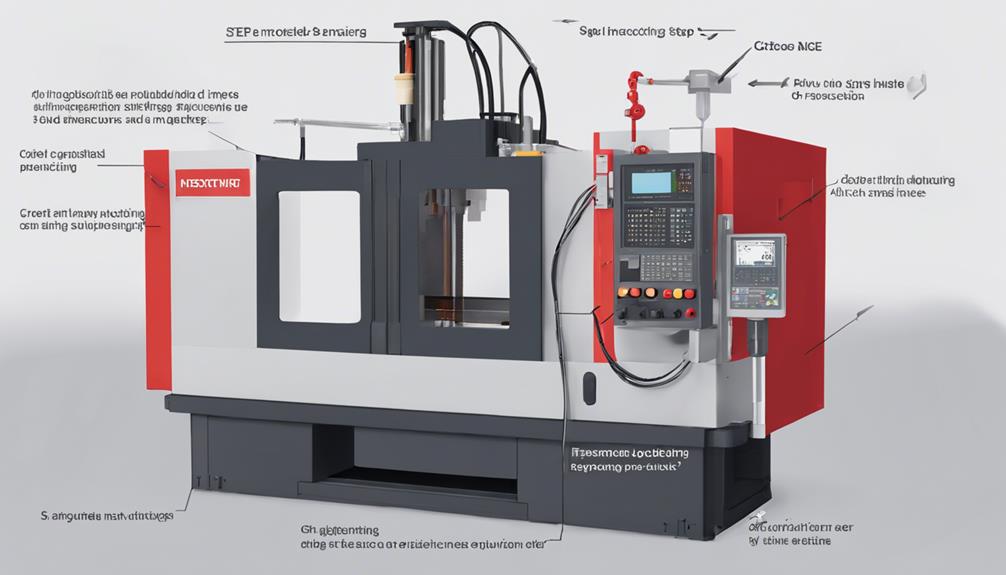
To guarantee the successful execution of plastic injection molding processes, the initial step involves securely positioning the mold within the clamping unit of the injection molding machine. Proper alignment and adjustment of the mold are critical for achieving high-quality molded parts. Setting up the injection molding machine also includes connecting the injection unit, confirming the functionality of the heating and cooling systems, and configuring the control settings. These elements work in conjunction to regulate the temperature, pressure, and overall process parameters necessary for molding. Below is a visual representation of the components involved in setting up the injection molding machine:
| Component | Description | Purpose |
|---|---|---|
| Mold | Holds the cavity for the part | Shapes the plastic material |
| Clamping Unit | Secures the mold in place | Confirms proper mold alignment |
| Injection Unit | Melts and injects the plastic | Fills the mold with molten material |
A well-organized setup of the machine is fundamental for efficient production, maintaining consistent part quality, and confirming the reliability of the injection molding process.
Adjusting Machine Parameters
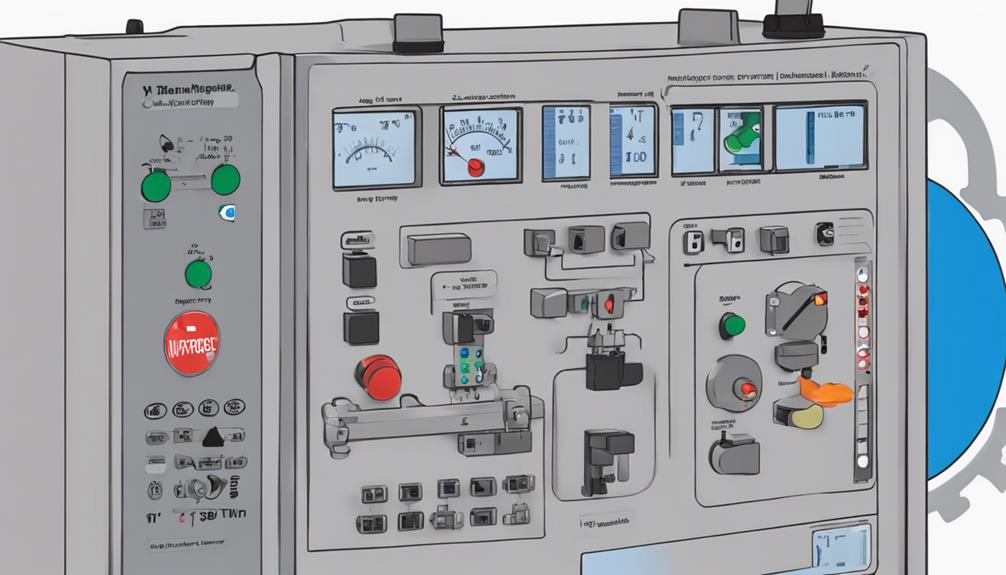
Adjusting machine parameters in plastic injection molding is a critical step in optimizing part quality and production efficiency. Setting precise temperature and pressure, calibrating injection speed, and adjusting cooling time are key points to focus on during this process.
These adjustments, tailored to the material, mold design, and part specifications, play a significant role in achieving desired outcomes and minimizing defects in the final molded parts.
Set Temperature and Pressure
Achieving quality parts in plastic injection molding hinges greatly on precise adjustment of temperature and pressure parameters on the machine.
- Proper temperature control influences material flow and cooling, impacting part quality and cycle time.
- Adjusting pressure settings guarantees the mold cavity is correctly filled, reducing defects like sink marks or warpage.
- Different materials have specific temperature and pressure requirements for best performance during the injection molding process.
Understanding and setting the correct temperature and pressure parameters are essential for producing consistent and high-quality parts. It is important to fine-tune these machine parameters to achieve repeatable results and minimize defects in the injection molding process.
Calibrate Injection Speed
Proper calibration of injection speed plays a vital role in determining the filling behavior and final quality of plastic parts during the injection molding process. Injection speed parameters, which control the rate of molten plastic entering the mold cavity, greatly impact part quality and production efficiency.
Balancing injection speed is important as higher speeds can reduce cycle times but may result in defects such as air traps and burns. Conversely, lower injection speeds can prevent defects but might prolong cycle times and increase costs.
Finding the best injection speed that ensures thorough mold cavity filling while maintaining part integrity is essential for achieving high-quality plastic parts efficiently.
Adjust Cooling Time
Optimizing cooling time within the injection molding process is a critical parameter that greatly influences the quality and dimensional accuracy of plastic parts.
Adjusting cooling time is essential for achieving ideal part quality and preventing defects like warping or sink marks.
Longer cooling times can improve part quality by reducing internal stresses and enhancing dimensional stability.
Factors influencing cooling time adjustments include material type, part geometry, mold design, and machine settings.
Fine-tuning cooling times based on resin characteristics and part requirements can enhance overall production efficiency and product quality. It is essential to monitor and adjust cooling times carefully to strike the right balance between cycle time and part quality.
Initiating Production Process
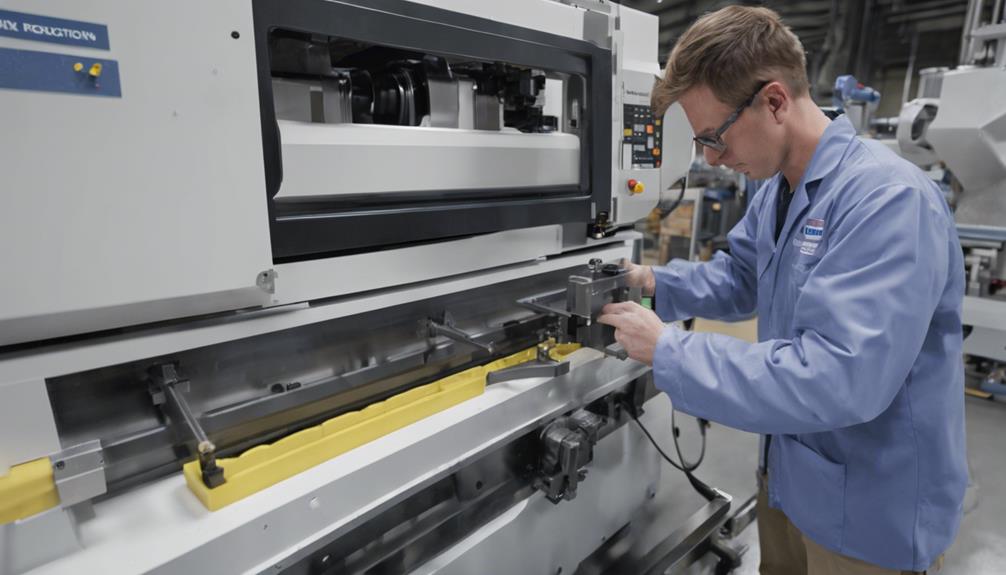
To initiate the production process for plastic injection molding, meticulous preparation of the injection molding machine and precise alignment of the mold are essential steps to guarantee smooth operations. Once the setup is complete, the injection molding process can commence. The plastic resin is heated to its melting point inside the machine's barrel, transforming it into a viscous liquid suitable for injection. Subsequently, the molten plastic is injected into the mold cavity under high pressure to make sure it fills all intricate details and contours of the mold accurately. Upon injection, the plastic is left to cool and solidify within the mold, ensuring the formation of the desired part shape and structure. Finally, the mold opens, and the finished plastic part is ejected, ready for post-processing, inspection, and packaging.
| Step | Description |
|---|---|
| Machine Preparation | Set up the mold, align it properly, and connect necessary components for smooth operation. |
| Heating the Material | Heat the plastic resin to its melting point within the barrel of the machine for injection. |
| Injection Process | Inject the molten plastic into the mold cavity under high pressure to fill all intricate details. |
| Cooling and Solidifying | Allow the plastic to cool and solidify inside the mold to form the desired part shape and structure. |
| Ejection of Part | Open the mold and eject the finished plastic part, which is now ready for post-processing. |
Inspecting Part Quality
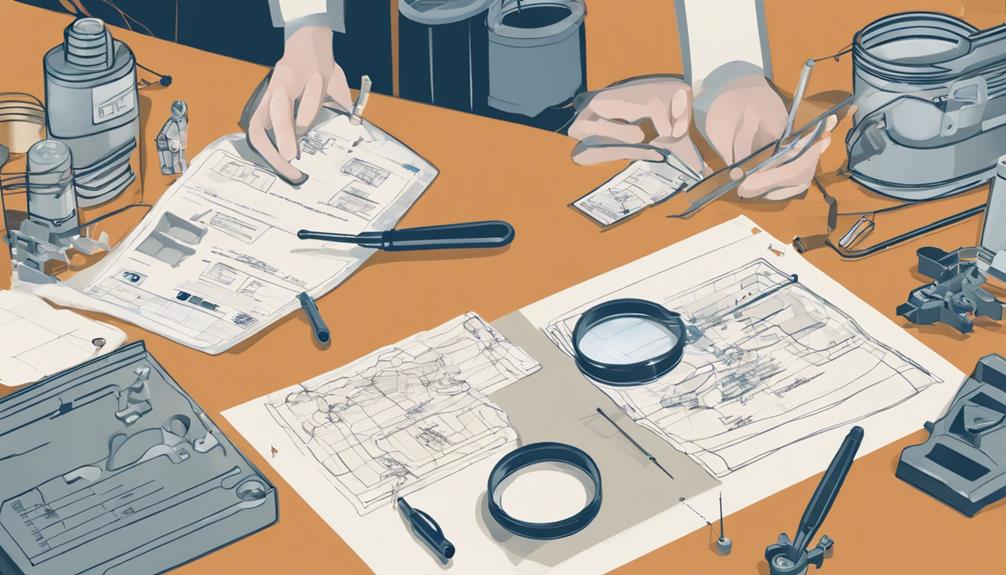
After the successful ejection of the finished plastic part in the plastic injection molding process, the next critical step involves meticulously inspecting the quality of the produced part. Quality inspection is a vital stage to guarantee the parts meet the required standards. This inspection involves the following key aspects:
- Defects: Checking for common defects like warping, sink marks, and flash is essential to ensure the part's integrity.
- Measurements: Precise measurements and dimensions must be taken to confirm that the parts conform to the specified design requirements.
- Visual Inspections: Visual inspections are conducted to identify surface imperfections, discoloration, or any issues related to the mold filling process.
Making Necessary Adjustments
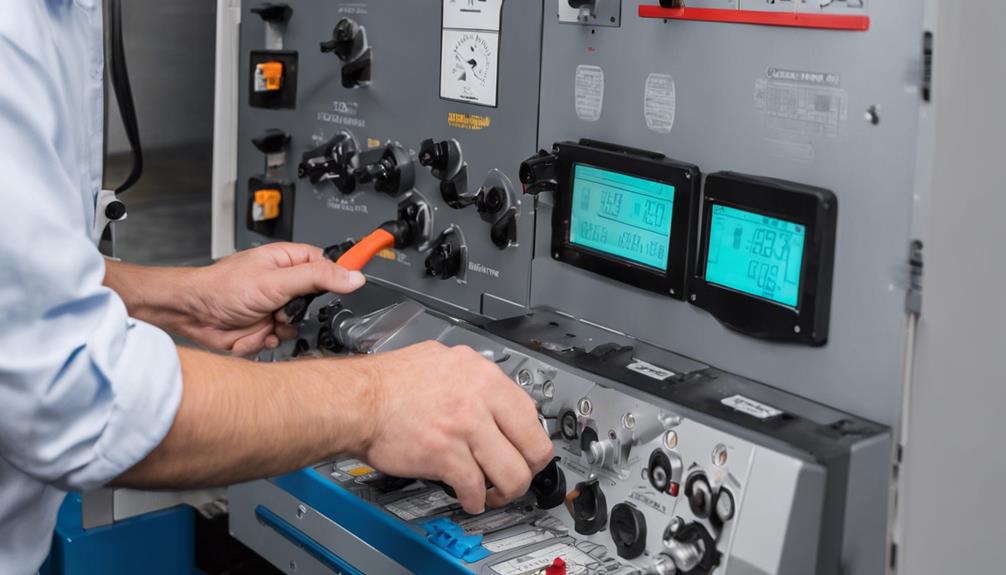
Upon completion of the quality inspection stage, the next step in the plastic injection molding process involves making necessary adjustments to various parameters to enhance production outcomes. Adjusting temperature settings is essential, especially when working with different materials to guarantee ideal melt flow and part quality.
Fine-tuning injection pressure aids in achieving complete cavity filling, reducing the likelihood of air traps or incomplete parts. Modifying cooling time and cycle can greatly impact the final product's quality and production efficiency by preventing warping and ensuring proper part solidification.
Additionally, adjusting injection speed influences the molten plastic flow, helping to eliminate defects such as flow lines or burns on the finished part. Mold design adjustments or changes in tooling configurations play a crucial role in addressing issues like sink marks or warping, ultimately enhancing the overall quality of the molded parts.
These adjustments are essential for achieving consistent and high-quality results in plastic injection molding processes.
Implementing Mass Production
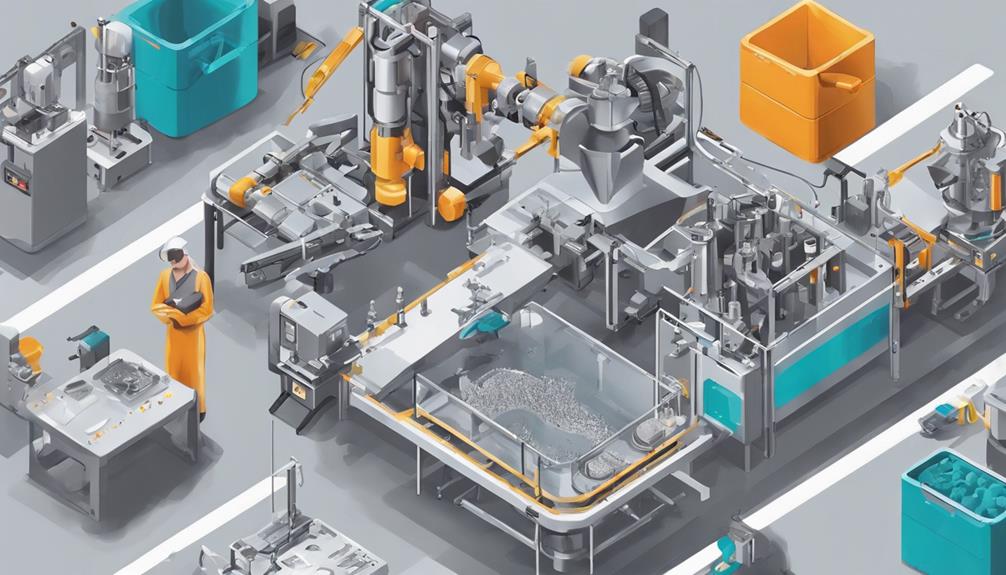
Implementing mass production in plastic injection molding involves optimizing manufacturing processes for the efficient and cost-effective production of high volumes of identical parts. This process is crucial for companies looking to scale up their production and meet the demands of the market. Here are key points to keep in mind:
- Injection Molding Machines: Utilize high-speed, high-capacity machines to meet the demands of mass production efficiently.
- Tooling Costs: Amortize tooling and setup costs over large production runs to reduce per-unit costs and make mass production financially viable.
- Efficient Production: Streamline processes, minimize downtime, and maximize machine utilization to ensure a smooth and continuous production flow.
Ensuring Consistent Quality
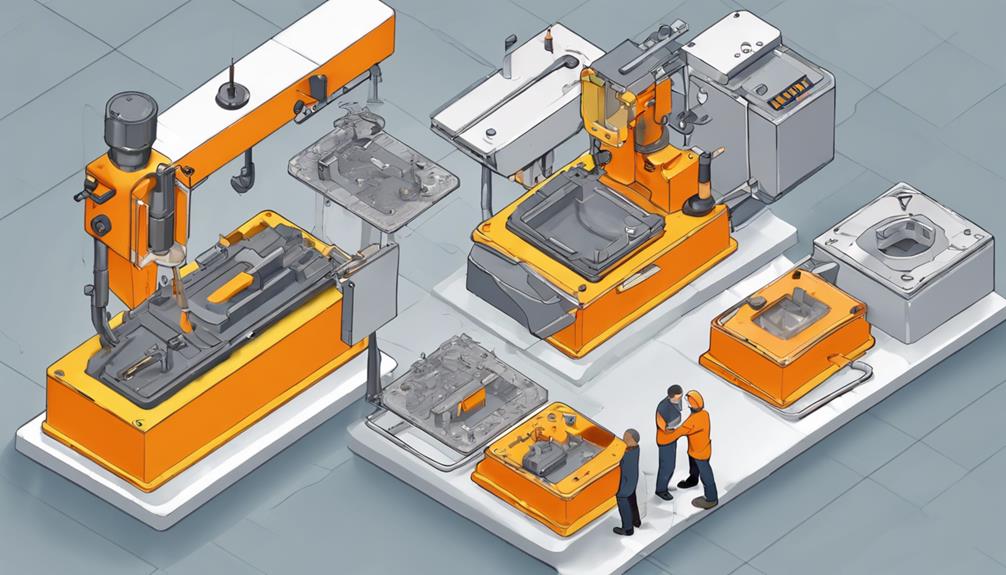
To guarantee the consistent quality of plastic injection molded parts, meticulous attention to detail in monitoring production parameters and adherence to rigorous quality control protocols are imperative. Quality control measures play a critical role in ensuring uniformity and reliability throughout the injection molding cycle.
Parameters such as temperature, pressure, and cycle times must be closely monitored to maintain quality standards. By implementing regular inspection and testing protocols, manufacturers can verify the quality of each molded part before proceeding further.
Consistency in quality is achieved by following industry standards and best practices, which serve as benchmarks for maintaining high-quality production. Any deviations in the injection molding process can lead to defects in the final products, highlighting the importance of stringent quality control measures.
Continuing the Injection Molding Process
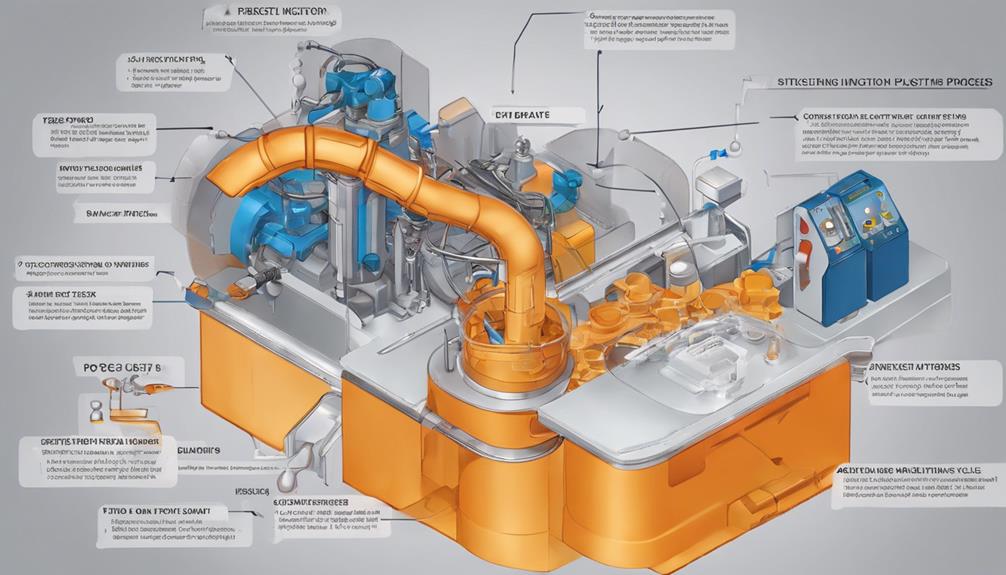
Once the runners are detached and recycled, the injection molding process progresses towards inspecting and packaging the molded parts.
- Recycled Material: Recycling the detached runners ensures environmental sustainability and reduces waste in the injection molding process.
- Efficient Production: By incorporating recycled material and optimizing the production process, injection molding becomes more efficient, leading to increased productivity.
- Cost Reduction: Proper recycling of materials not only benefits the environment but also contributes to cost reduction, making the overall production process more economical.
Inspection of the molded parts is an essential step to guarantee quality and consistency in the final products. It involves checking for any defects, dimensions, and overall quality of the parts. Once the inspection is completed, the molded parts are carefully packaged to protect them during transportation and storage.
Implementing these steps not only ensures the quality of the injection-molded parts but also contributes to sustainable and cost-effective production practices.
Frequently Asked Questions
How Do I Get Started With Injection Molding?
To get started with injection molding, it is important to research and select a reputable manufacturer with industry experience. Provide detailed product specifications and collaborate closely on tooling design, material selection, and production timeline.
Review and approve prototypes before full-scale production. Consider factors like production volume, budget, and quality control throughout the process.
This thorough approach guarantees a successful start in plastic injection molding.
What Is the Injection Molding Process Step by Step?
The injection molding process entails several steps: closing the machine tool, melting resin pellets, injecting the material into the tool cavity, and subsequent cooling, reloading, and ejection steps.
Cooling in the process involves water cycling to cool the mold and solidify the material. Ejection includes retracting and reloading the screw and utilizing ejector rods to push out the finished parts.
Moreover, recycling efforts in injection molding involve detaching runners, grinding and recycling them, and focusing on cost reduction while maintaining environmental sustainability.
What Are the Basics of Plastic Injection Molding?
Plastic injection molding involves injecting molten plastic into a mold cavity to create solid parts. Key basics include material melting, injection into the mold, cooling for solidification, and part removal.
Injection molding machines comprise components like the injection unit, clamping unit, control system, and base for efficient part production. This method is cost-effective, precise, and repeatable, making it popular in various industries for mass production of plastic components.
What Are the 4 Stages of Injection Molding?
The four stages of injection molding are:
- Clamping involves securely joining mold halves to prevent material leakage.
- During the injection phase, plastic pellets are melted into a liquid form to fill the mold cavity.
- The dwelling phase applies pressure to guarantee complete filling and packing of the mold.
- The cooling stage solidifies the plastic material before the mold is opened for ejection of the finished part.
Conclusion
To sum up, starting the venture into plastic injection molding necessitates meticulous attention to moldability considerations, designing the part effectively, fabricating the mold accurately, selecting appropriate resins and colorants, setting up the injection molding machine proficiently, making necessary adjustments promptly, implementing mass production efficiently, ensuring consistent quality rigorously, and continuing the injection molding process diligently.
Like a well-oiled machine, each step must be carefully executed to achieve best results in plastic manufacturing.
